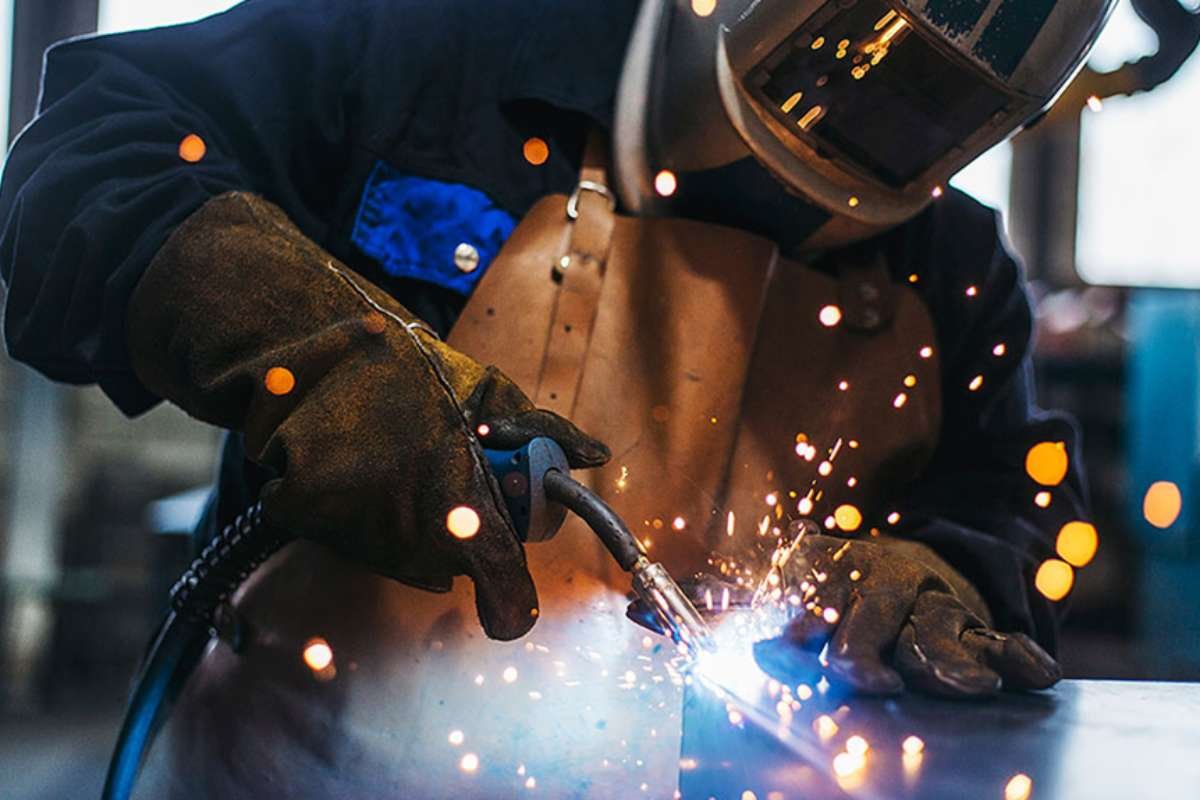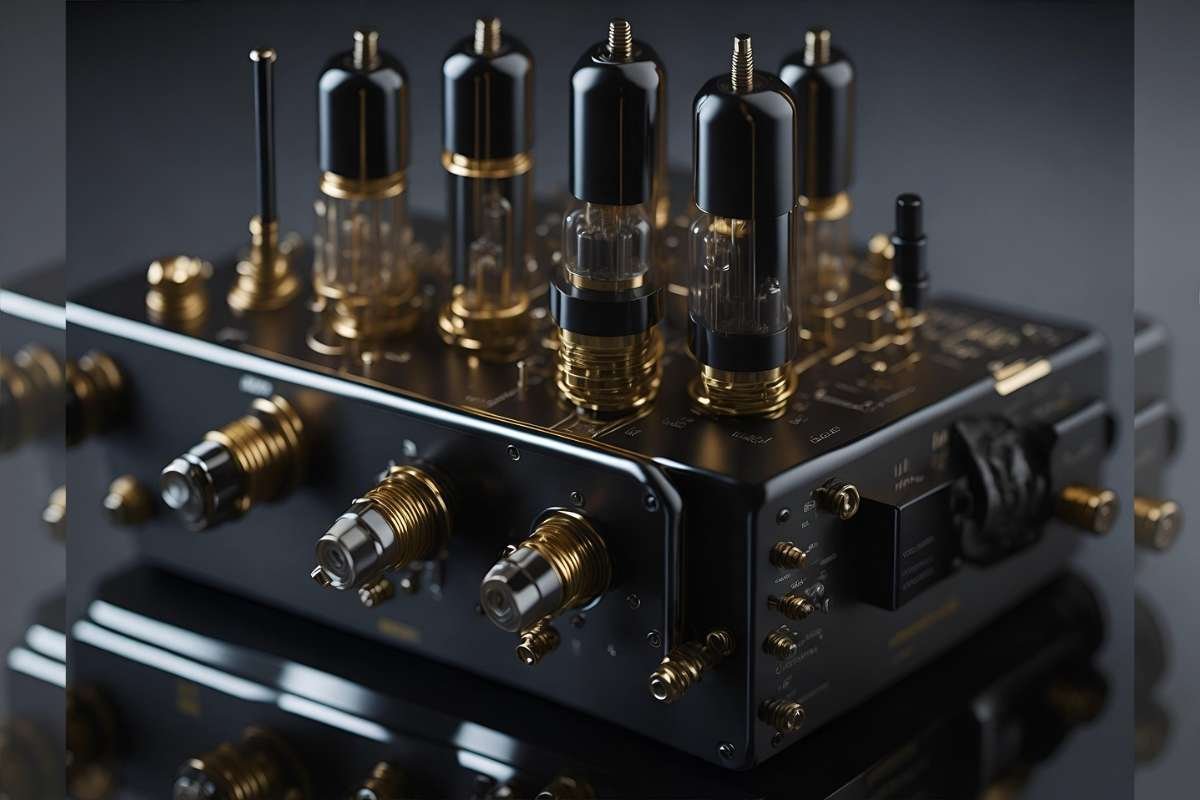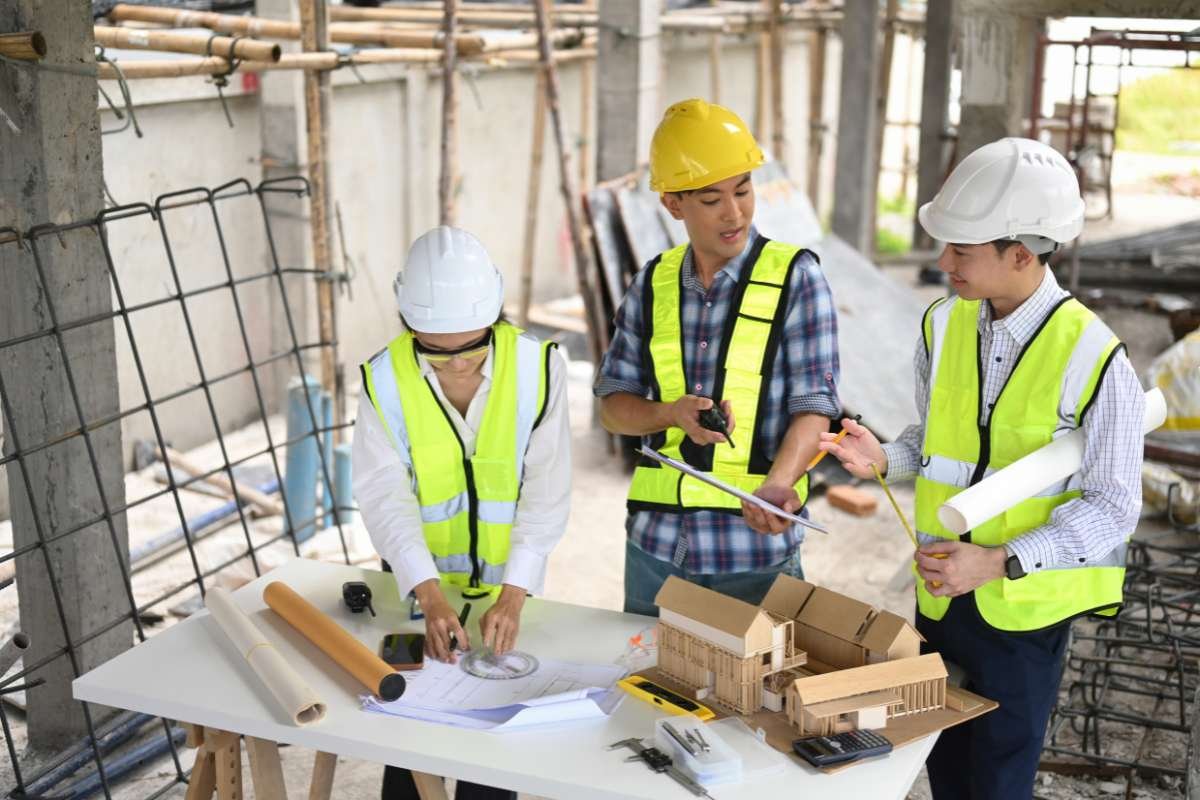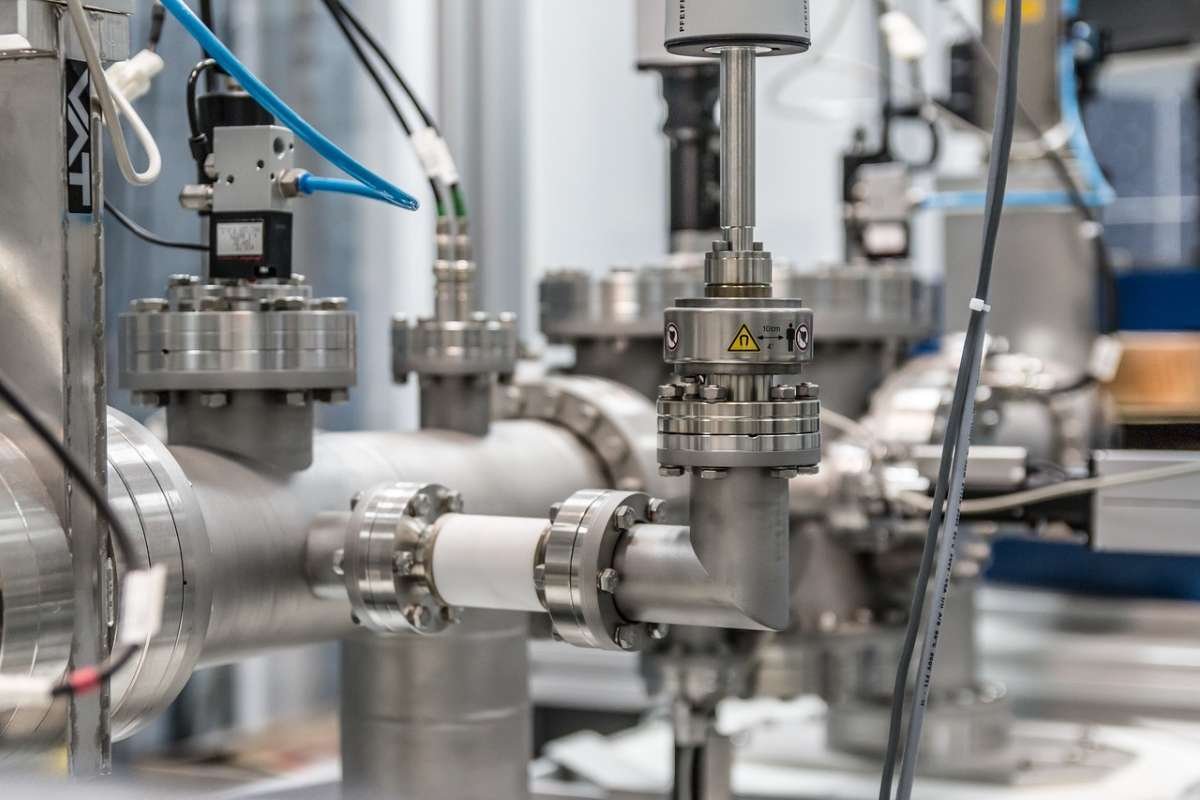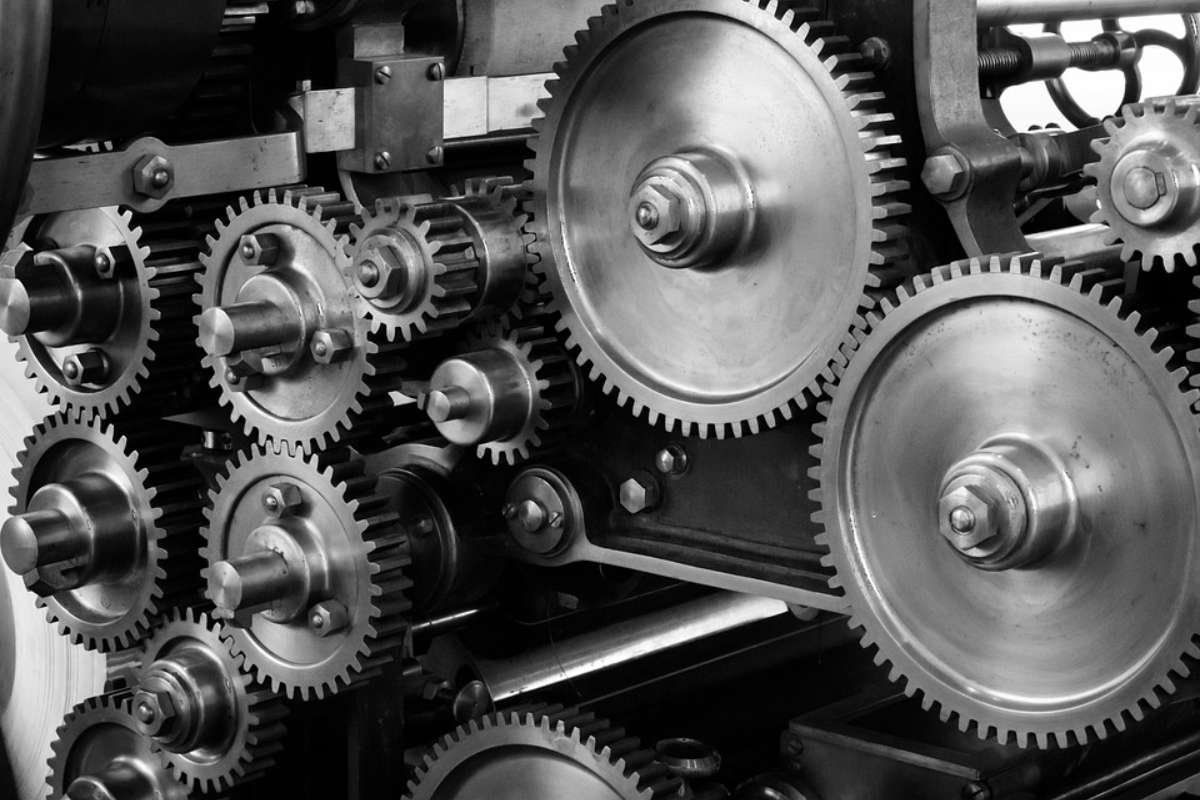From skyscrapers and pipelines to automobile chassis and aeroplane fuselages, you must have seen welding deliberately or unintentionally. Welding is basically a deft modification that forms the backbone of modern infrastructure. However, when you see the molten metal and sparks, behind it there is a dangerous atmosphere where safety is a paramount.
It’s no longer just about donning a helmet; it’s about creating a work environment that protects against harm, pollution, and in severe cases, death. Following the welding safety procedures is not only advised, but also a lifeline for every welder, regardless of experience level.
Why Safety Gear Is Non-Negotiable in Welding?
Welding exposes workers, labourers and skilled staff to a number of hazardous issues. That may include UV rays, high temperatures, severe cold, electric discharges, and poisonous fumes, in contrast to other excellent mechanical occupations. Ignoring or neglecting welding safety and fitness requirements can have serious consequences, including burns, respiratory disorders, visual damage, and perhaps permanent disability.
This is why welding safety always requires a sustainable kind of strategy, from choosing the right welding safety equipment and PPE to confirming and ensuring the area is ventilated.
It may help by absorbing:
- Heat
- Protecting skin and pores
- Preventing sparks
- Protective gear contributes to frontline safety
- Filtering harmful gases before they reach the respiratory system
Why Should One Need Proper Equipment in Accident Prevention?
Welding accidents no longer happen at random; instead, they are caused by known mistakes like wearing the wrong helmet, forgetting to wear multiple gloves, or running without fume extractors. A good machine frequently eliminates risk entirely rather than just reducing it.

The purpose of auxiliary welding equipment, add-ons, and personal protective equipment (PPE) is to reduce each point of vulnerability. Every inch of the welder’s body must be protected, from head to toe. Purchasing high-quality safety equipment is a preventative measure that pays off in the form of continued productivity and long-term fitness.
Essential Personal Protective Equipment (PPE)
1. Welding Helmets and Face Shields
In welding, the face is the area of the frame that is most exposed and inclined. Buying a welding helmet requires careful consideration of protection standards and comfort features. A welding helmet is more than just a mask; it’s a shield against heat, sparks, and UV radiation that can cause blindness. Modern vehicle-darkening helmets prevent eye strain and long-term vision problems by changing colour in response to light intensity.
Face shields serve as an additional layer for tasks involving cutting and grinding. Helmets and shields are essential pieces for your welding protection arsenal because they work together to protect against effects, heat, and visual hazards.
2. Gloves, Jackets, Aprons, and Sleeves
Protecting your palms must be your pinnacle precedence due to the fact they may be your gear. Welding gloves composed of substances that face up to warmness, including cowhide or deerskin, provide each sturdiness and dexterity. They offer safety from electric surprise, burns, and splatter.
Comfort is likewise essential; a lightweight jacket that allows air to go with the flow can preserve the frame cool at the same time as imparting general safety.
3. Footwear, Ear Protection, and Respirators
Hot sparks leap rather than essentially fall. Your toes are particularly vulnerable because of this. Steel-toed, puncture-resistant shoes are essential for welding safety; metatarsal guards and non-slip bottoms are preferred.
And let’s not overlook respirators just yet. Hazardous metals including manganese and chromium are present in the fumes produced during welding. These particles are filtered by an excellent respirator, particularly in places with little airflow. Without one, a welder runs the danger of eventually experiencing severe lung problems.
Tools That Double as Safety Enhancers

1. Fume Extractors and Clamps
One of the most overlooked aspects of welding safety is ventilation. In order to maintain a comfortable and breathing work environment, fume extractors draw contaminated air far from the respiratory region. They improve normal indoor air quality and reduce the risk of illnesses linked to fumes.
Clamps are basically used for stabilizing the materials. They also prevent unexpected issues, such as slippage – regardless of noticing their protective purpose. This makes it easier to avoid accidental contact with the electrode or torch, which is one of the main causes of burns.
2. Welding Blankets and Spark Guards
Welding is not a singular phenomenon. Sparks have the ability to ignite combustible items and travel many feet. Sparks and molten spatter are often covered and contained over by the covering kind of blankets with welding, that may seem like spark guards. This may serve as barriers.
To make blankets by welding, most people consider warmth-resistant fibres. These welding blankets can tolerate temperatures as high as 2,000°F. By using them, you may reduce the chance of a fire. Also, this strategy may help provide a suitable environment for people around.
3. Positioning Tools for Hands-Free Welding
Sometimes, what binds your artwork together is more important than what you maintain. Considering fingers-unfastened welding, metal parts are held in place by magnetic clamps and movable jigs.
Workplace Compliance and Gear Standards
1. OSHA and ANSI Safety Gear Guidelines
The American National Standards Institute (ANSI) and the Occupational Safety and Health Administration (OSHA) together have established guidelines that are understandable by many. These guidelines promote welding safety and fitness. However, it is better not to consider these guidelines for granted, they are mandatory. Besides, it is also believed that they are legally binding criminal advice intended to protect workers from various dangers.
2. Employer vs. Personal Responsibility
Employers, businessmen and factory owners are legally obligated for the sake of humanity to provide a safe workplace. However, conducting appropriate training programs for the staff is part of the deal. When it comes to individual welders, they must also assume personal accountability. Wearing or not wearing a protective device, such as PPE, might be the difference between returning home safely and visiting the ER.
Tips for Choosing the Right Welding Gear
1. Materials and Temperature Resistance
Not every piece of welding equipment is made equally. Numbers are counted by materials, particularly while handling different temperatures. Leather and Kevlar provide the most practical protection for paintings exposed to high temperatures. Steer clear of synthetic textiles is also mandatory as they can melt and cause more severe burns. According to ANSI, it is advisable to always keep in mind the highest temperature that your factory or activity on your premises involves. This may help you choose any protective gear respectively.
2. Comfort vs. Protection Trade-Offs

A sensitive stability frequently exists between protection and comfort. A lightweight device may be more comfortable, but it is no longer completely safe. On the other hand, a heavy system might prevent movement. Seek out equipment that offers excellent balance, like helmets with cushioned inside, vented jackets, or ergonomic gloves. Comfort promotes frequent usage, which immediately translates into consistent safety procedures.
3. Brand Comparison and Budget Tips
There are many different manufacturers available on the market when it comes to purchasing welding safety systems. Despite the temptation to go with less costly solutions, remember that genius typically comes at a price. Businesses that are renowned for their reliability and commitment to safety requirements include 3M, Miller, and Lincoln Electric.
Still, this doesn’t imply you have to usually cross top rate. A lot of mid-range brands provide exceptional value. Look for product certifications and customer reviews before making an online purchase. For a great range of welding tools and accessories, make sure to visit reliable suppliers that prioritize safety and performance.
Conclusion
Summary of Must-Have Gear
Welding is more about responsibility and forethought than it is about talent and accuracy. Helmets with car-darkening features, steel-toed boots, gloves and coats that can withstand flames, amazing respirators, and safety-enhancing equipment like fume extractors and clamps are all necessary pieces of equipment. Every component in the field of welding has a specific role, and they play in erecting a protective barrier against the welding risks and operations involved in this process.
Final Note on Investing in Safety for Long-Term Success
Expert welding is built on safety, not as an afterthought. Regardless of your degree of experience, investing in a high-quality welding safety system is one of the most crucial choices you can make. It now guarantees both productivity and professional longevity.
As technology advances, so does safety equipment. remain informed, remain current, and above all, never make concessions. A well-equipped welder is one who is secure, effective, and self-assured. That’s a common concept that’s worth upholding every day.

